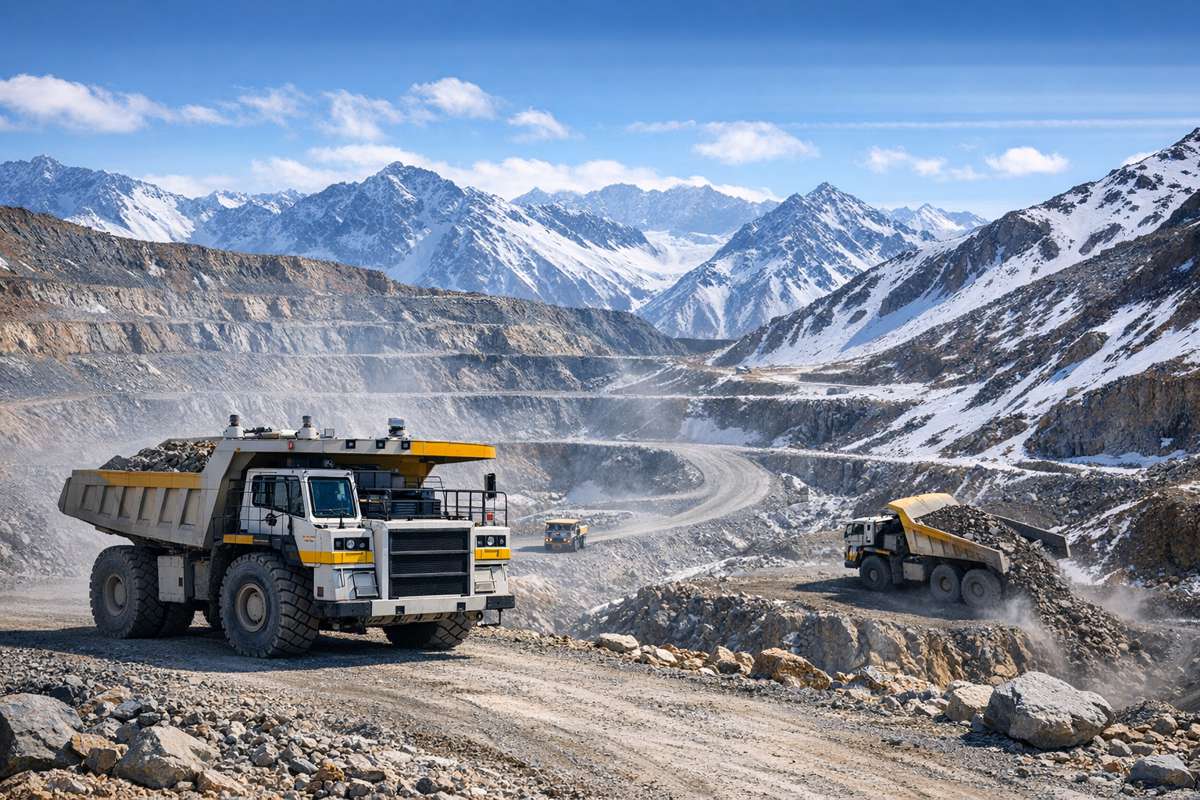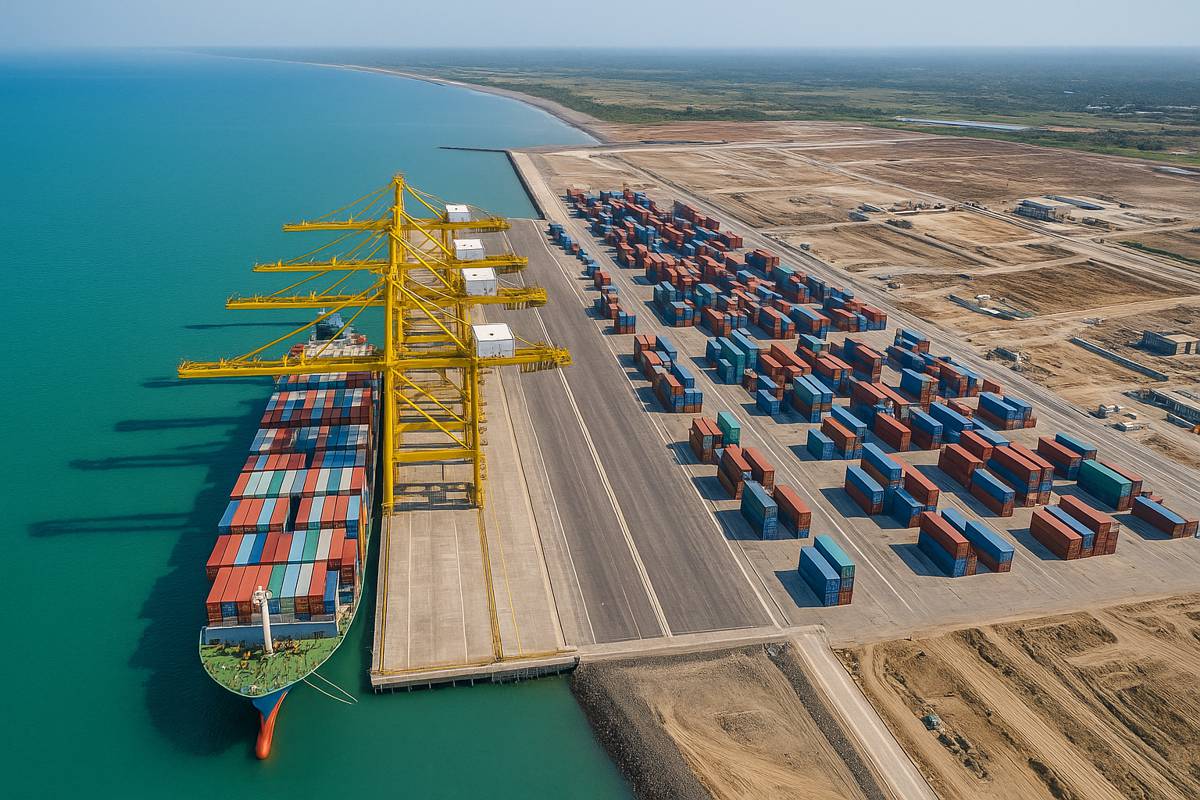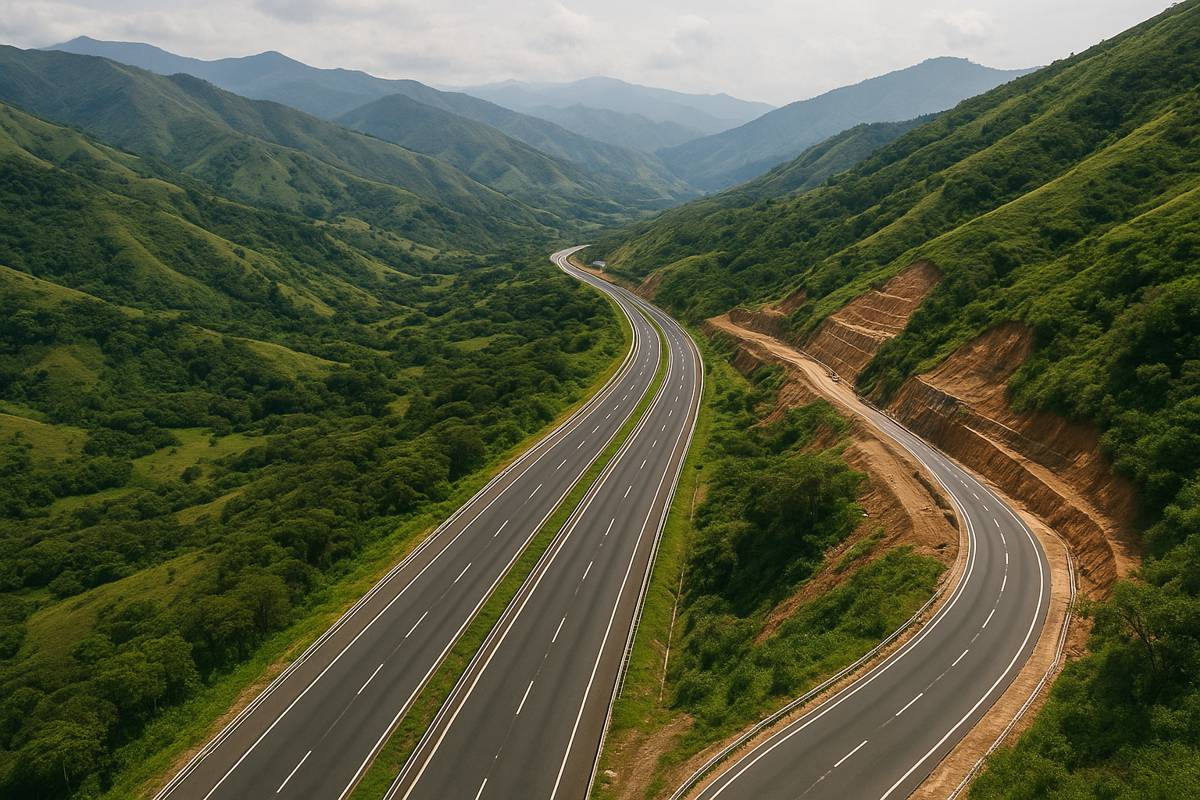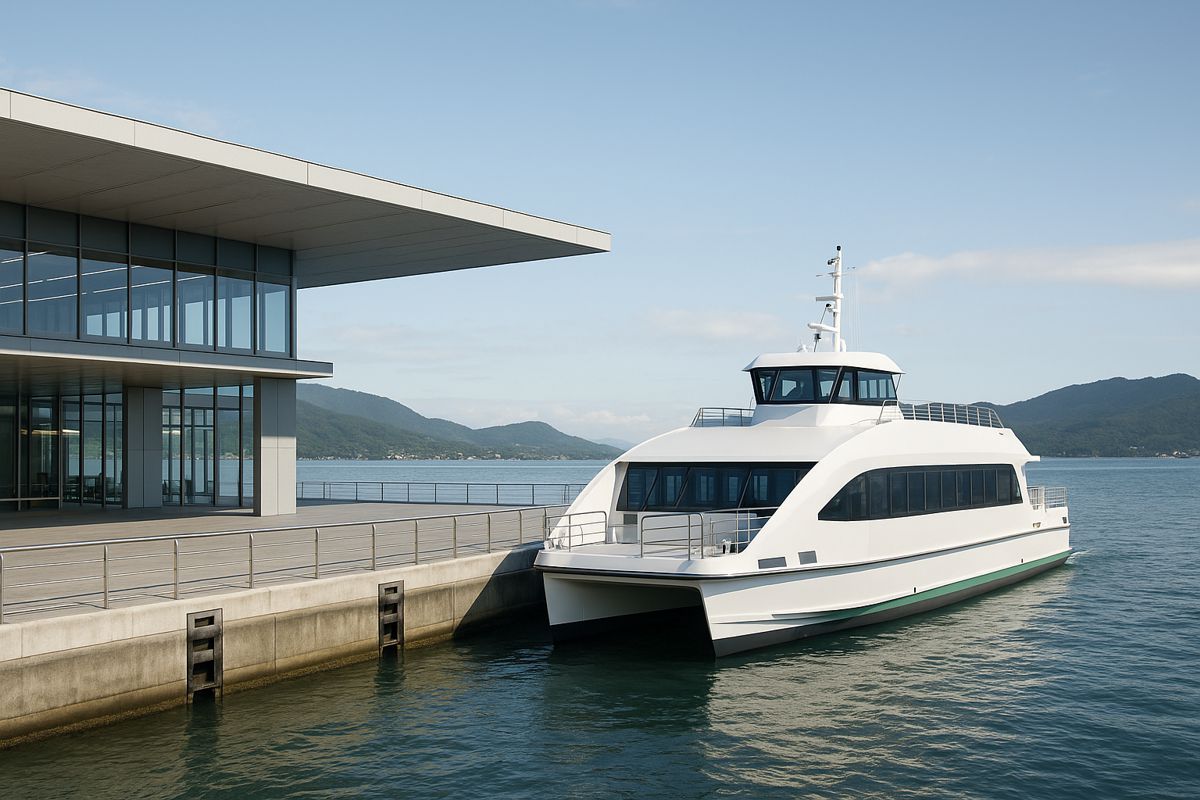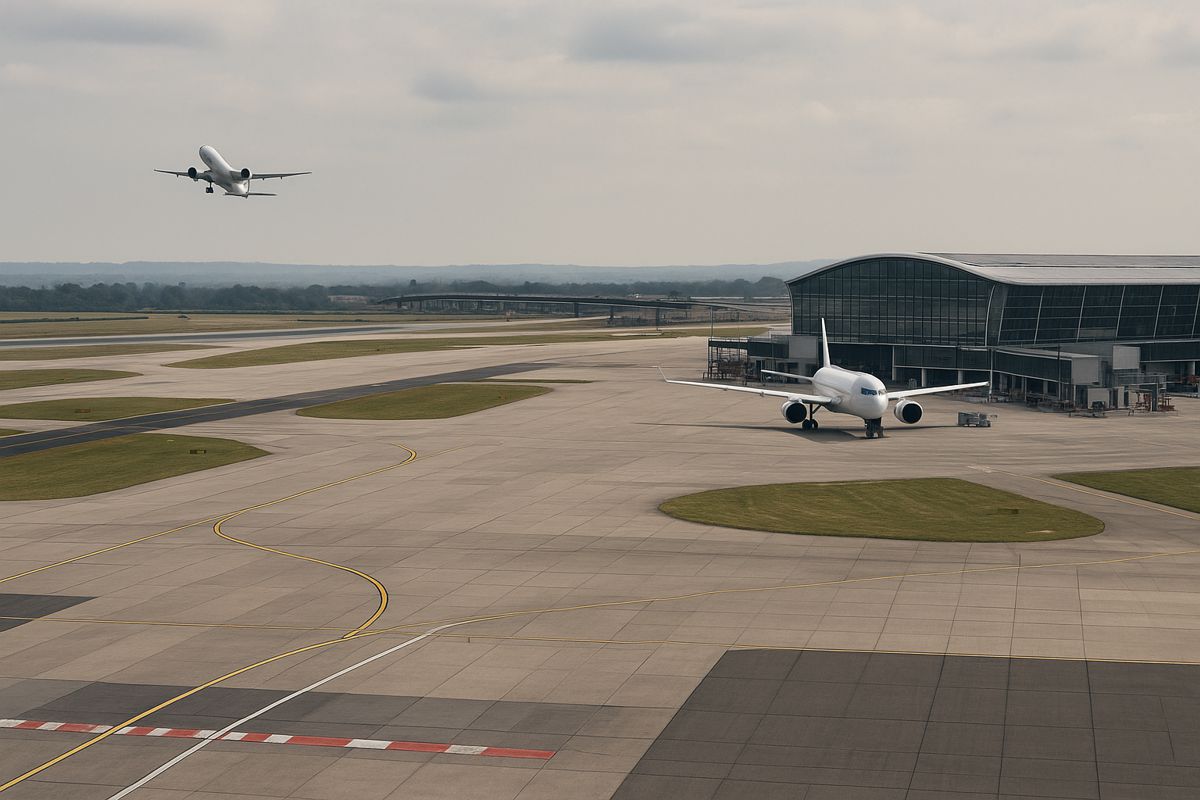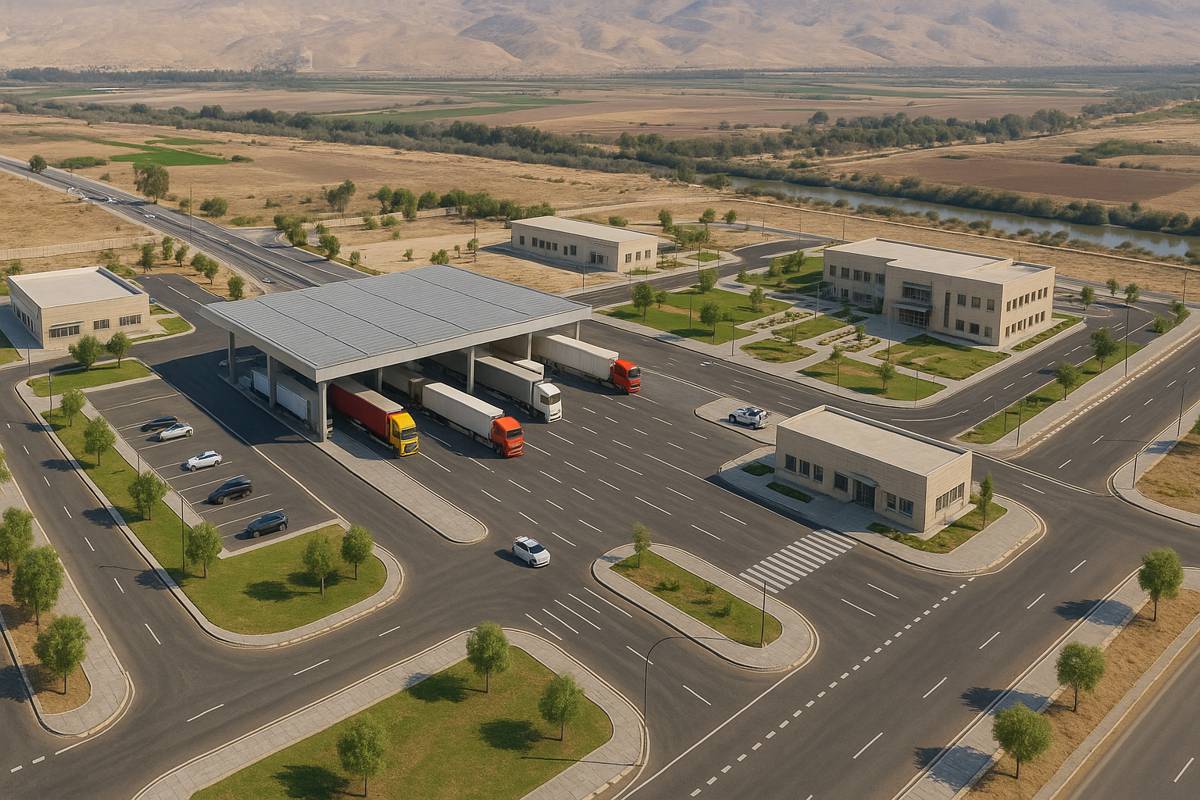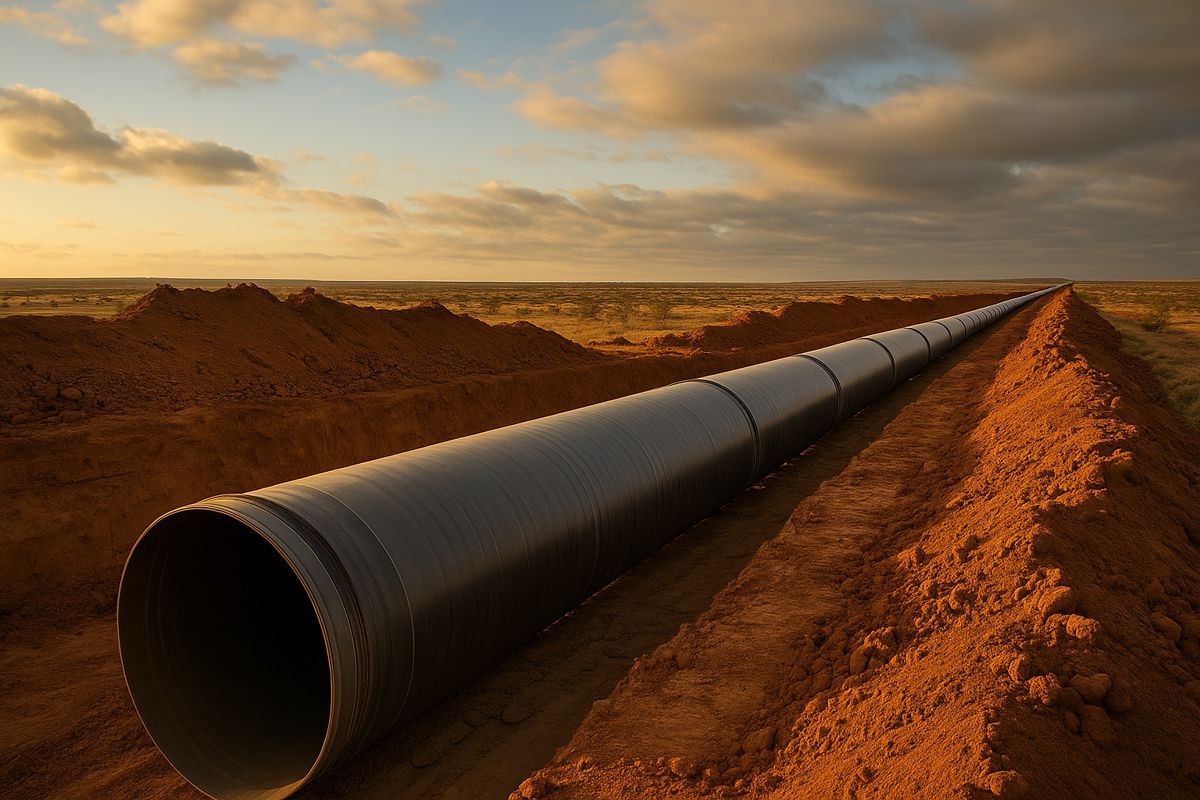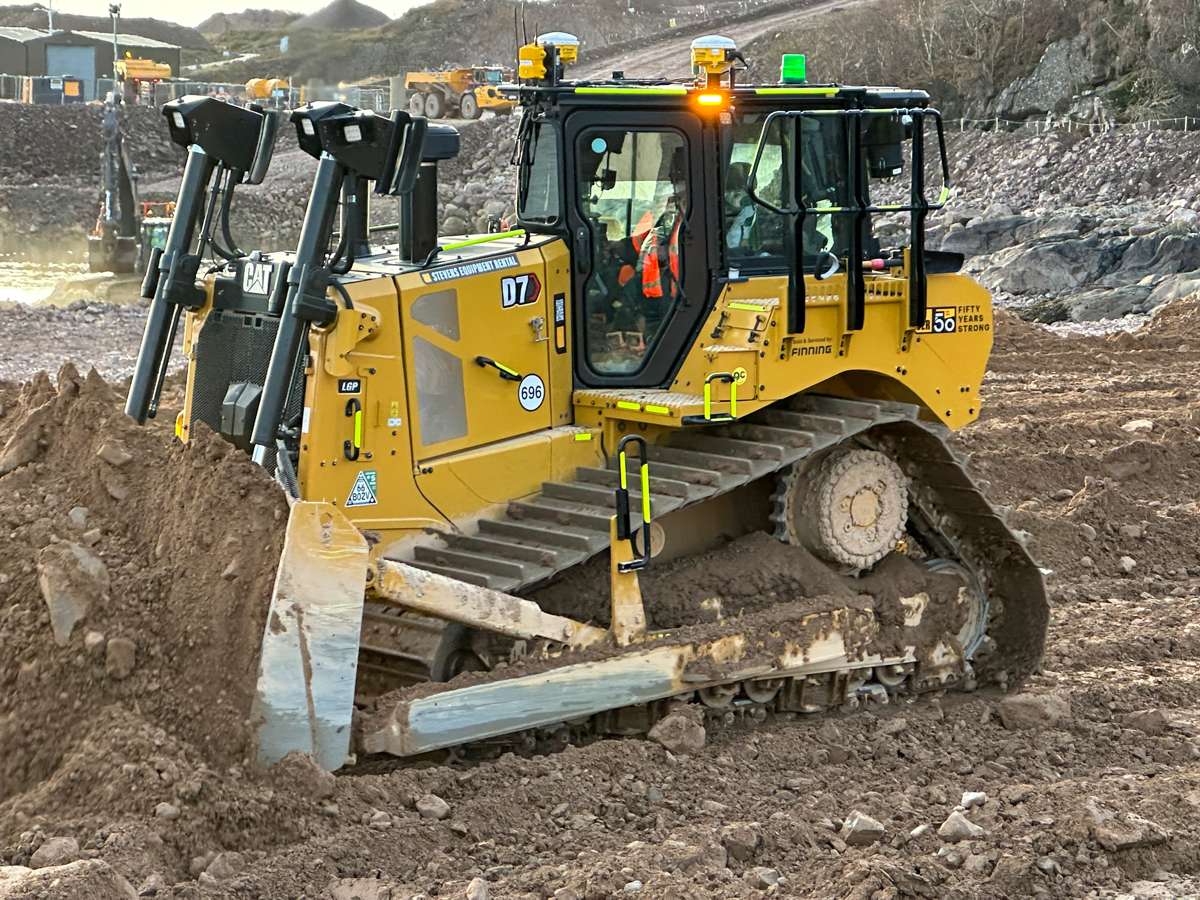Breakthrough Waterproofing System Could Transform Tunnel Engineering
Water ingress has plagued tunnel engineers for decades, compromising operational reliability, reducing service life, and posing safety risks.
With infrastructure expanding into complex geological environments, the stakes have never been higher. Traditional waterproofing systems typically rely on non bonded membranes that sit between structural layers without adhering to them. While widespread, these membranes allow groundwater to creep between layers, and even minor defects can trigger major leakage issues.
Alternatively, double bonded spray on membranes create a firm bond with both primary and secondary linings, forming an integrated waterproof structure that also shares load bearing responsibilities. However, there is a catch. Their tight bonding prevents interlayer water flow, rendering conventional drainage systems unusable. So, despite their impressive benefits, adoption in drainage type tunnels has remained limited.
A Research Driven Step Forward
A research consortium from Central South University, PowerChina ZhongNan Engineering Corporation, Beijing Oriental Yuhong Waterproof Technology, and Shenzhen University set out to rethink tunnel waterproofing from the ground up. Their study: A Novel Tunnel Waterproof Drainage System Based on Double Bonded Waterproofing Materials and Its Seepage Characteristics introduces an innovative system designed to unlock the full potential of bonded membranes.
The team includes Xiaohe Sun, Chenghua Shi, Guoqing Xiao, Yangyang Ge, and Chengyong Cao, who have combined academic and industry expertise to tackle a real world challenge with far reaching implications.
Introducing the Localised Drainage and Pressure Reduction System
The new concept follows a simple yet powerful idea. Rather than blocking groundwater movement entirely, it directs and relieves pressure locally in carefully controlled zones. This prevents excessive hydrostatic stress on tunnel linings while maintaining the strong waterproofing and structural advantages of spray on bonded membranes.
The system includes four key elements:
- Waterproofing barrier using double bonded spray membrane between primary and secondary linings, excluding the arch, paired with secondary lining concrete.
- Upper circumferential drainage using plastic drainage sheets and transverse guide pipes to collect water and channel it to longitudinal drains.
- Bottom circumferential drainage featuring drainage blind pipes and vertical conduits for groundwater transfer to the central drainage ditch.
- Longitudinal drainage network connecting blind pipes, side ditches, and a central ditch to discharge water outside the tunnel.
What the Simulations Revealed
Numerical modelling shows distinctive water pressure patterns along tunnel linings. Circumferential pressure presents a mushroom shape, with pressure decreasing from the crown down to the invert. Longitudinal pressure distribution forms a wave profile, peaking between drainage nodes and dropping sharply at drainage points.
Under typical geological conditions with a 160 metre hydraulic head and rock permeability of 10⁻⁶ metres per second, the new system produced a maximum lining water pressure of 0.6 megapascal.
That figure speaks volumes. It represents a reduction of around 65 percent compared to fully encapsulated waterproofing at 1.7 MPa, and about 30 percent lower than traditional drainage systems at 0.86 MPa. Across varied groundwater environments, static pressure dropped by at least 40 percent, and in ultra low permeability rock layers, the reduction reached close to 85 percent.
A System Built for Real World Geology
Adaptability proved a standout feature. In high permeability strata, the bottom blind pipes carried the lion’s share of drainage duty. Conversely, in low permeability rock, the upper drainage layer took the lead. This flexibility means the approach can adjust automatically to geological realities without design overhauls.
Such characteristics will resonate strongly with designers and contractors tackling deep tunnels, high pressure mountain routes, subsea infrastructure, or metro networks where variable geological conditions are the norm.
Expert Insights and Industry Context
Waterproofing remains one of the costliest and most technically sensitive components in tunnel delivery. Reports from major metro and high speed rail projects indicate that leakage repairs can consume between 15 and 30 percent of lifecycle maintenance budgets. Given accelerating underground construction across Asia, Europe, and the Middle East, demand for more resilient waterproof systems is climbing steadily.
Spray applied membranes have already gained traction in major transit systems, such as London’s Crossrail works and tunnelling sections in Singapore, thanks to their seamless application, crack bridging ability, and structural bonding. However, drainage integration has been a missing piece. This new system could shift the landscape.
As the authors highlight: This research provides an effective drainage and pressure relief strategy for double bonded waterproofing materials, broadening their application prospects in drainage type tunnels.
Industry specialists note that regulatory bodies are increasingly encouraging innovation in underground waterproofing. The International Tunnelling Association has emphasised the importance of integrated waterproofing and drainage for long term tunnel sustainability. China’s rapid tunnel expansion and Europe’s retrofit needs both create fertile ground for new approaches like this.
Engineering Benefits at a Glance
Key advantages likely to attract interest include:
- Meaningful reduction in hydrostatic pressure
- Strengthened structural integrity and service life
- Improved leak prevention and durability
- Adaptation to varied geological permeability
- Enhanced compatibility with next generation spray membranes
This combination supports both safety and asset longevity, critical for transport agencies operating under tight budgets and public scrutiny.
Safer, Drier and Reliable Tunnels
Tunnel engineering is evolving quickly as urbanisation and climate resilience challenges drive underground expansion. With pressure on networks to last longer and operate more safely, materials science and design innovation are stepping to the forefront.
The work led by Sun and colleagues is not merely academic. It signals a practical step towards safer, drier, more reliable tunnels built with bonded waterproof systems. Wider adoption and field demonstration will likely follow, particularly in complex mountain tunnels and deep metro systems.
The research paper is available via DOI: https://doi.org/10.1007/s11709-024-1100-4 and provides detailed modelling and analysis for engineers evaluating next steps.
A Strong Foundation for Future Tunnels
With infrastructure investment accelerating worldwide, innovations that blend resilience, performance, and practicality tend to define the next engineering era. This system does just that.
Strong waterproofing, targeted pressure relief, and dependable adaptability could well position bonded membranes as standard technology in tunnels of the future.









